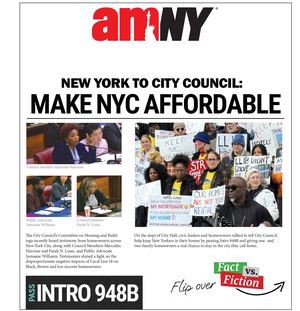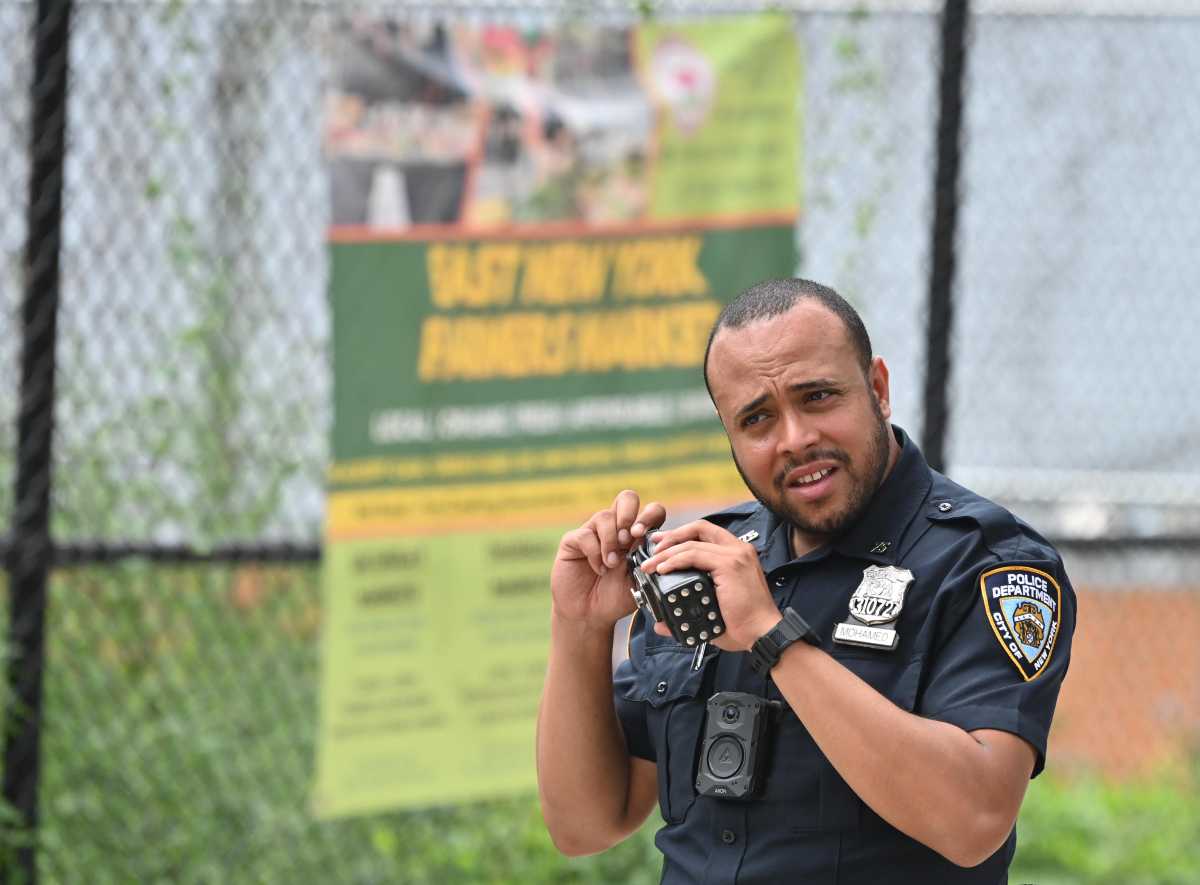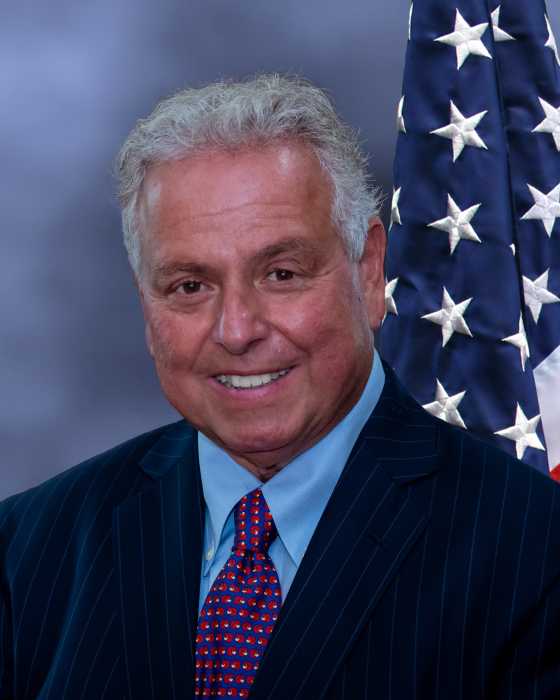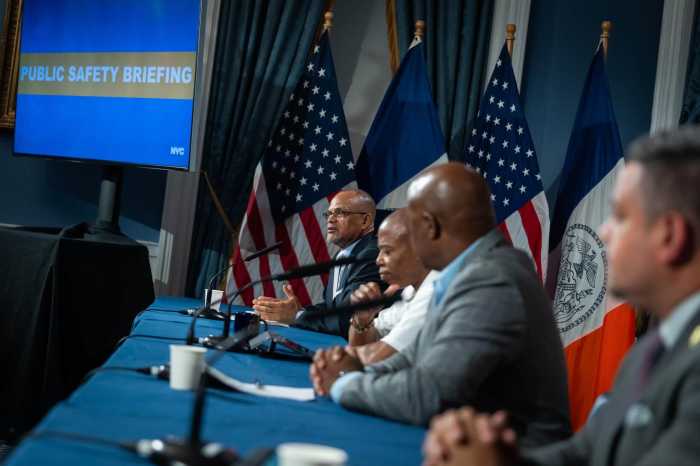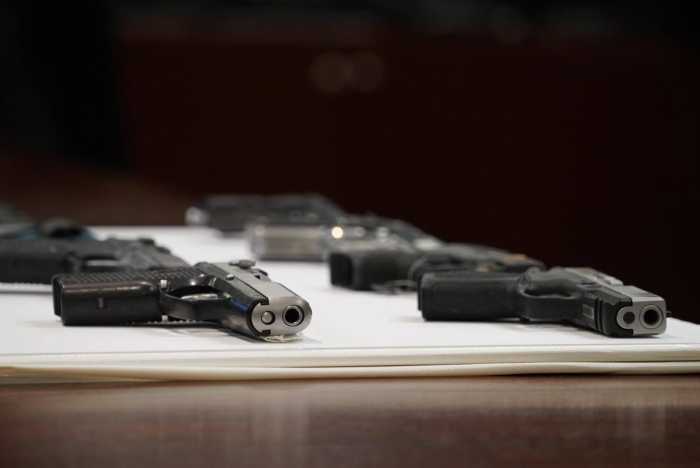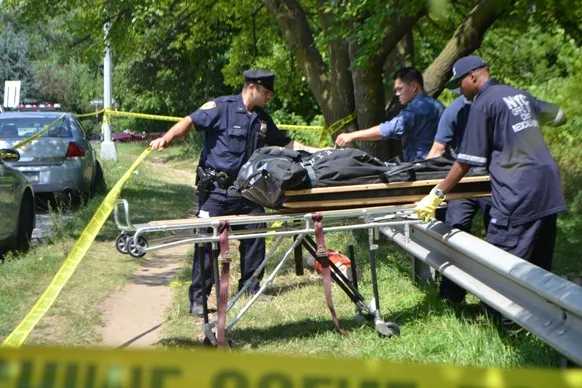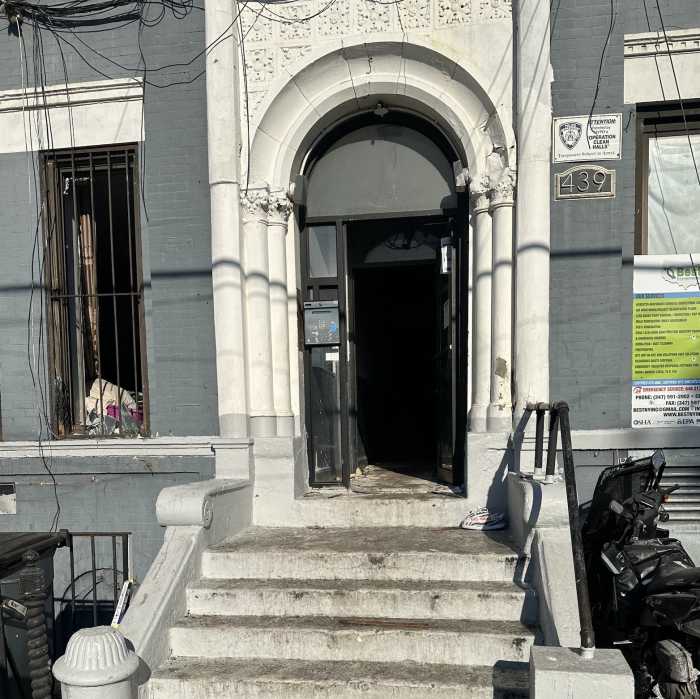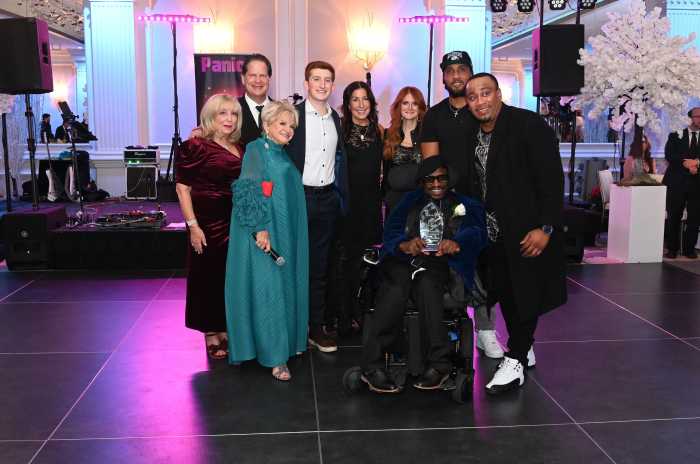Police radio chatter from a slew of Bronx precincts went dark Monday as the department’s effort to encrypt communications reached a milestone that left local reporters and advocates concerned about the future of crime reporting in New York.
Six NYPD channels covering the 46th, 47th, 48th, 49th, 50th and 52nd Precincts went silent, effectively cutting off the northern section of the Bronx for those using scanners to listen to law enforcement communications. Previously, the NYPD encrypted its radios in all of Brooklyn and Staten Island.
This has left numerous other parties in the public safety sphere anxious that the process will put New Yorkers at risk with journalists unable to report on major incidents in real time while also further dividing community and police relationships through a lack of transparency and accountability.
On Aug. 26 Citizen — an app used by more than 10 million people across the United States to monitor potentially dangerous and even deadly situations such as active shooters or bomb threats — pushed out a stark warning to its base.
“Citizen’s Safety Alerts Jeopardized by NYPD Encryption. Starting at 7 a.m. today, Bronx precincts 46/48, 47/49, and 50/52 have transitioned to encrypted communication channels. As a result, radio communications for these precincts will not be accessible to the public,” the post read.
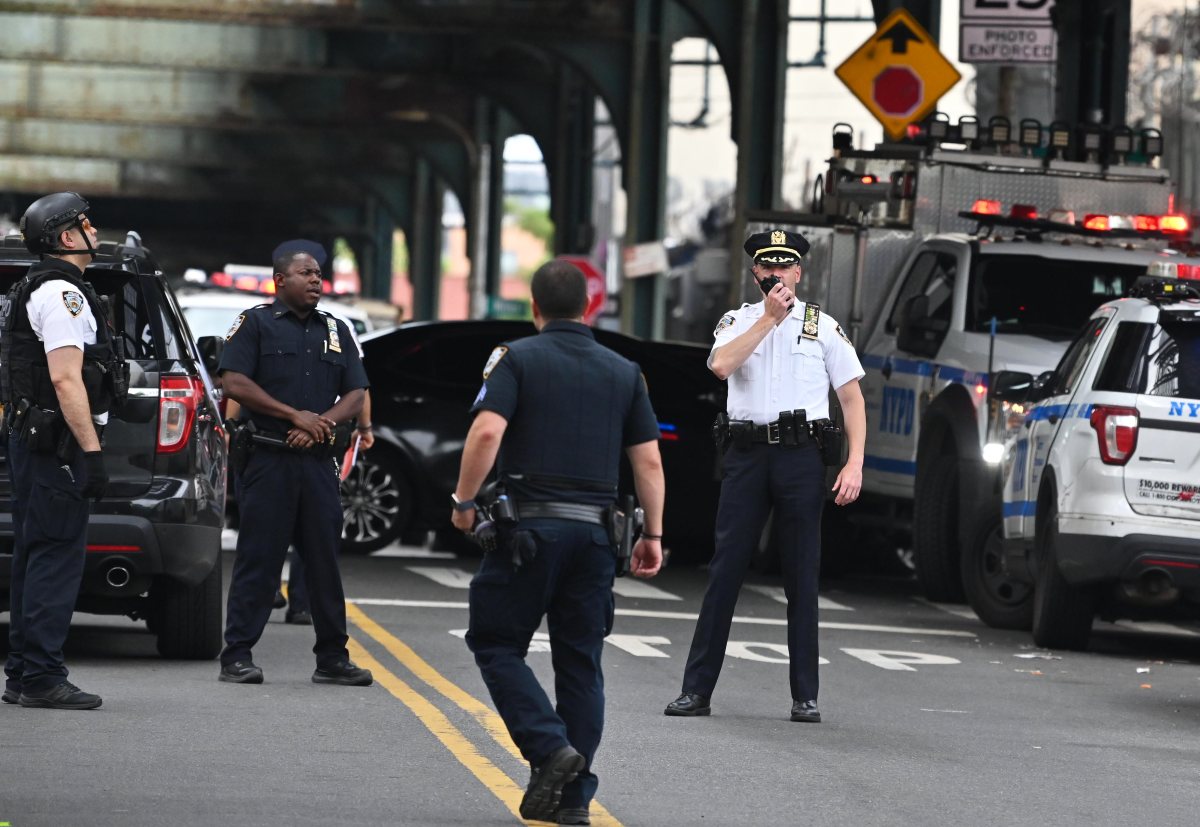
The Legal Aid Society told amNewYork Metro that they believe this is yet another step by the Adams Administration to sever the need for police accountability and transparency.
“This is yet another lowlight in this Administration’s campaign to limit NYPD transparency and further curtail New Yorkers’ ability to hold the Department accountable,” said Jennvine Wong, Supervising Attorney of the Cop Accountability Project at The Legal Aid Society. “Mayor Adams’ previous claim that ‘there is nothing more important’ to him than transparency was clearly lip service, and it’s the Department’s relationship with the neighborhoods they police that will ultimately suffer from these actions.”
Previously, some NYPD officials have said that radio encryption aims to keep officers safe from “bad guys” who may be using the devices to supervise police plans and respond accordingly, such as protesters who cops say they have caught using scanners to keep tabs on law enforcement movement.
Last December, in an interview with amNewYork Metro, Police Commissioner Edward Caban maintained that the NYPD could still promote transparency while also encrypting its radios and keeping its frequencies secure.
“It’s been done in other agencies and that’s just part of the evolution of technology. But I can sit here and tell you that when it comes to dealing with the media, we deal with journalists 24 hours a day, seven days a week, but it’s also our job as an agency to make sure that our cops are safe,” Caban said at the time. “But please know that we’ll always have an open-door policy, we’re always going to be able to talk to our journalists, and there’s always going to be open dialogue.”
However, many members of the media and police watchdogs argue that credentialed press members ought to be given a real-time radio feed from the NYPD so they can keep New Yorkers up to date. NYPD officials have previously pledge to provide such a feed, though on a delay of up to 30 minutes. No such feed has yet been provided.
New York journalist Oliya, known online as Scootercaster and founder of the news service FNTV, told amNewYork Metro that as the walls of encryption close in around the last bastion of NYC’s open airwaves, it could do catastrophic damage to the free press.
“This is the end of news as we know it,” Scootercaster bluntly charged. “Police are becoming the only source of information on crime and incidents, with no independent or second view of the situation and crime scene. Press have no access to crime scenes, witnesses or crash scenes.”
Some suggested that the urgent need to take police radios comes from the administration’s attempt to quell public fears of crime by keeping the press out of the loop.
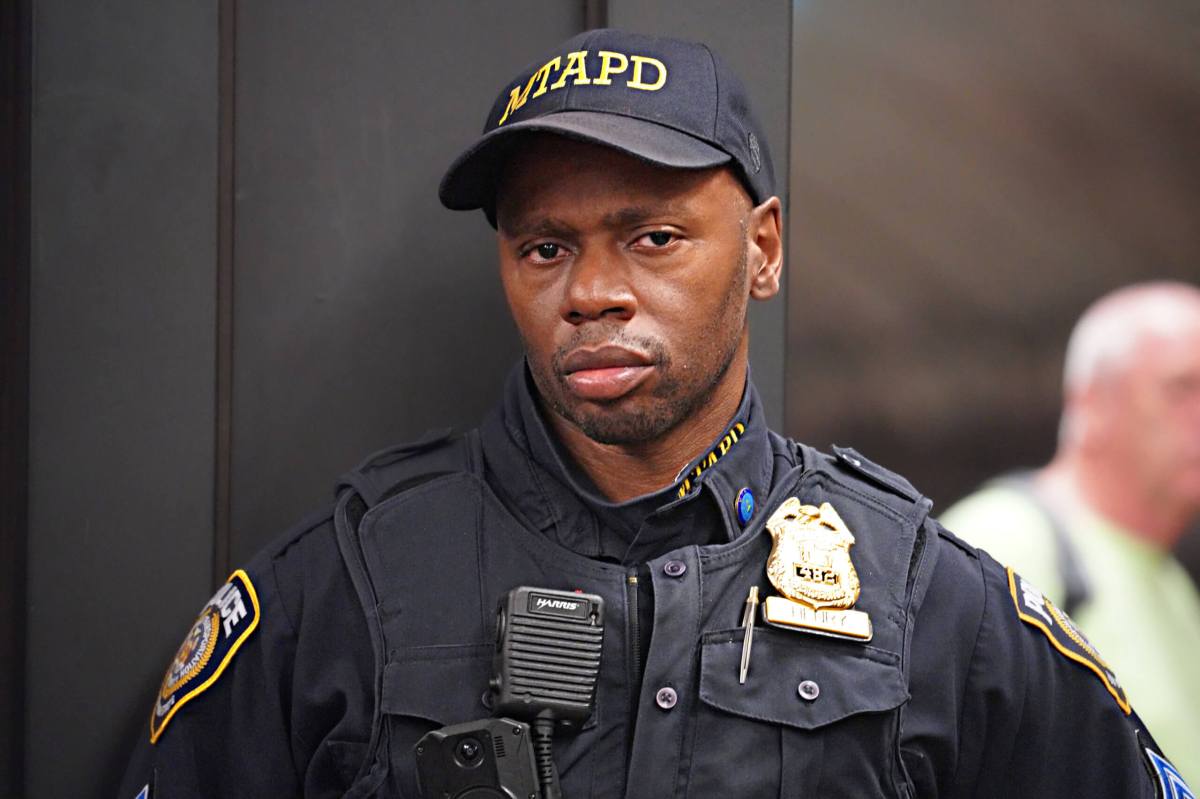
“This is yet another stab in the back to the public’s right to know what goes on in their community,” said Bruce Cotler, president of the New York Press Photographers Association. “Members of the media will be beholden to the police to provide accurate information on a timely basis, and we have already found that ‘timely’ is not their priority as information is many hours or even days delayed. We believe that this is an effort to squelch press coverage of crime in the city to the benefit of Mayor Eric Adam’s strategy to make ‘crime an out of sight out of mind.’ It will make him look better at the expense of the public’s right to know.”
Freelance photojournalist Lloyd Mitchell — who has contributed to the likes of Reuters, the New York Times, and frequently covers breaking news for amNewYork Metro — believes the media and the NYPD are partners in the sphere of public safety. Mitchell says it is a shared responsibility to keep the public safe and informed, yet feels like the department is backing out on the partnership by not giving journalists access to emergency personnel communications.
“The NYPD’s ability to encrypt their radios in the Bronx is a detriment to the communities that they serve. The NYPD and press corps have a decent working relationship when you factor in Blue Chips tournaments and other units attempting to bridge the gap with the youth, who most of the violence impacts there,” Mitchell said. “This is more about this administration’s ability to hide the truth about what is happening in its busier precincts with crime. It is bad enough that the borough of the Bronx doesn’t get its basic resources such as mental health and homelessness under control, but now families and news outlets in the area will not be able to keep track of ongoing crime until it is too late.”
amNewYork Metro reached out to the NYPD for comment and is awaiting a response.
Read more: Hurricane Ernesto Forces NYC Beach Closures for Weekend
